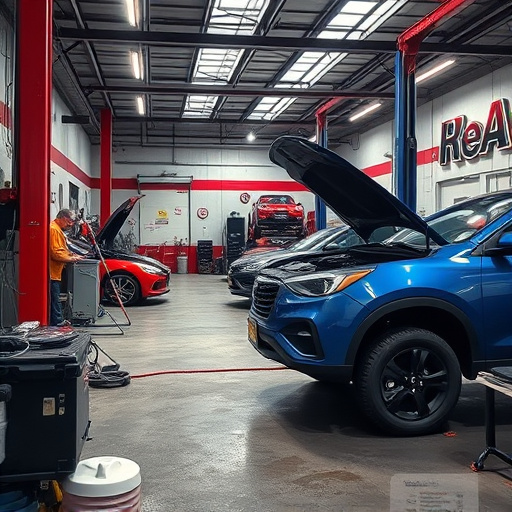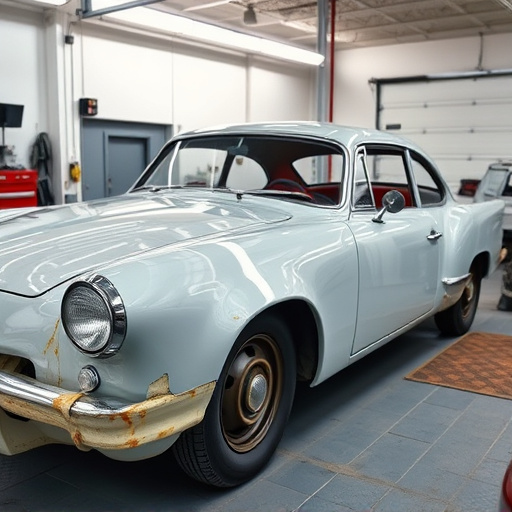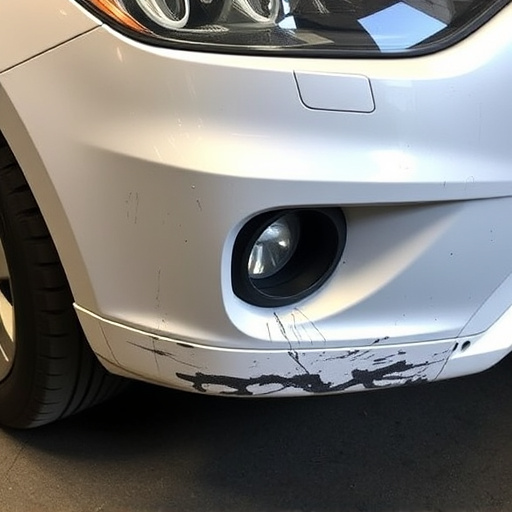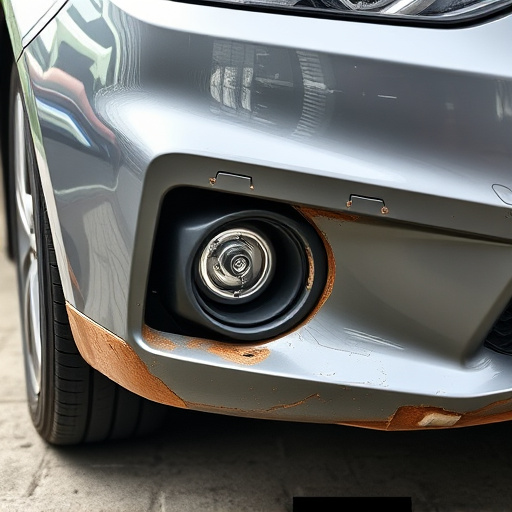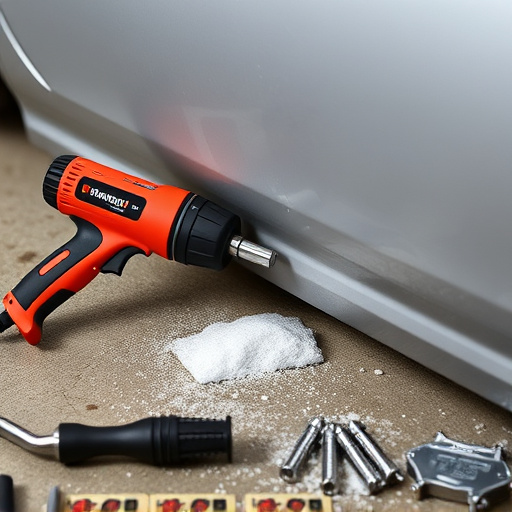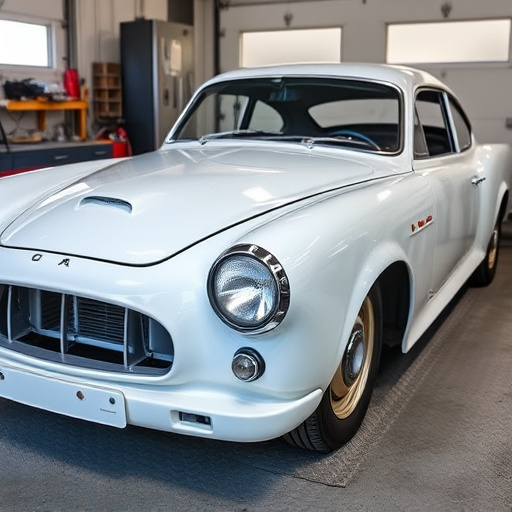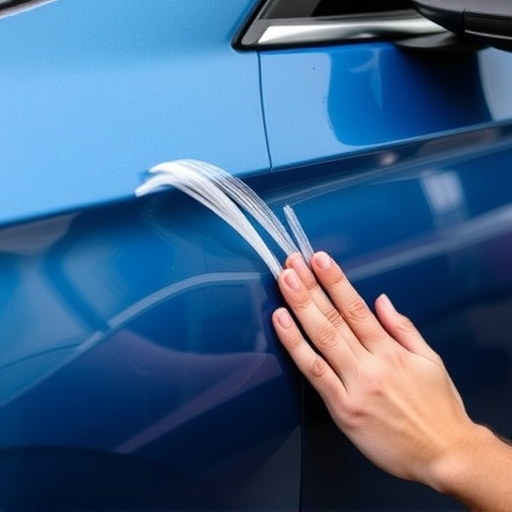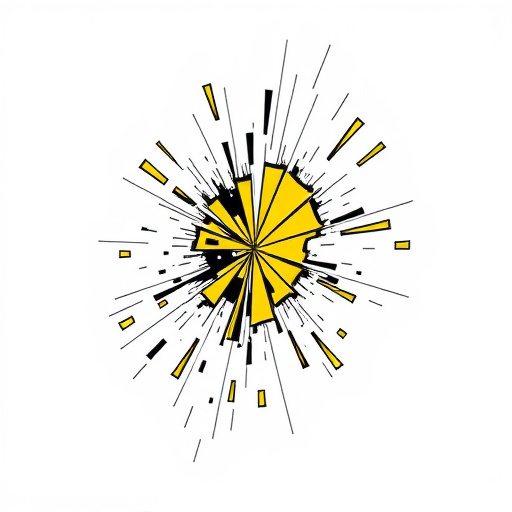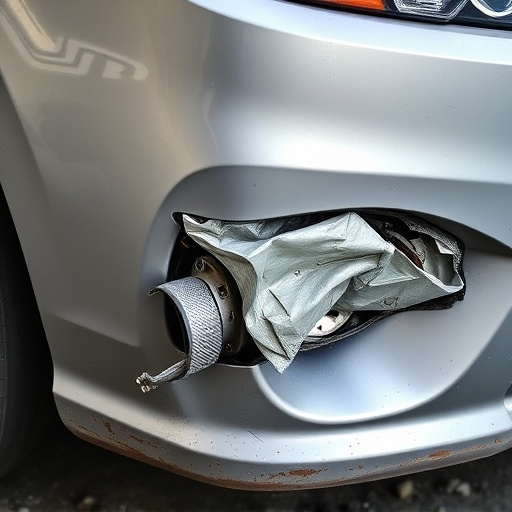Valet service collision repair offers swift and meticulous auto body repairs for minor accidents, starting with trained professionals assessing and planning repairs. Damaged luxury vehicles are transported to dedicated facilities where skilled technicians use advanced equipment and techniques to restore them to pre-accident condition quickly. This service revolutionizes traditional car repair by providing efficient transportation, state-of-the-art facilities, and dedicated account management, eliminating time-consuming journeys and speeding up turnaround times. Modern technologies like digital estimating tools and CAD systems streamline workflows, reducing repair timelines and enhancing productivity while improving customer satisfaction.
Valet service collision repair is transforming the automotive industry, offering faster turnaround times and enhanced customer experiences. This innovative approach streamlines the traditional repair process by efficiently managing vehicle logistics, from drop-off to pickup. In this article, we delve into the intricacies of the valet service collision repair process, explore its significant benefits for reduced repair timelines, and discuss strategies to mitigate challenges for collision centers adopting this model.
- Understanding Valet Service Collision Repair Process
- Benefits of Valet Services for Faster Turnaround Times
- Efficient Workflows: Challenges and Solutions in Collision Repair
Understanding Valet Service Collision Repair Process
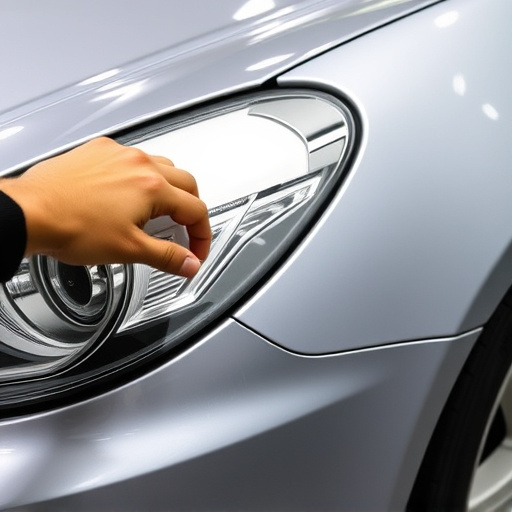
The Valet Service Collision Repair process involves a seamless integration of specialized services designed to efficiently handle auto body repairs, particularly after a fender bender or other minor accidents. It starts with an initial assessment where trained professionals examine the damage to the vehicle, creating a precise repair plan. This step is crucial for ensuring that every detail, from panel replacement to paint matching, is executed flawlessly.
Once approved, the damaged luxury vehicle is safely transported to a dedicated facility, where skilled technicians utilize advanced equipment and techniques for fender bender repairs, among other auto body repairs. The process prioritizes both quality and speed, aiming to restore the vehicle to its pre-accident condition as promptly as possible, minimizing downtime for owners who rely on their cars for daily use.
Benefits of Valet Services for Faster Turnaround Times
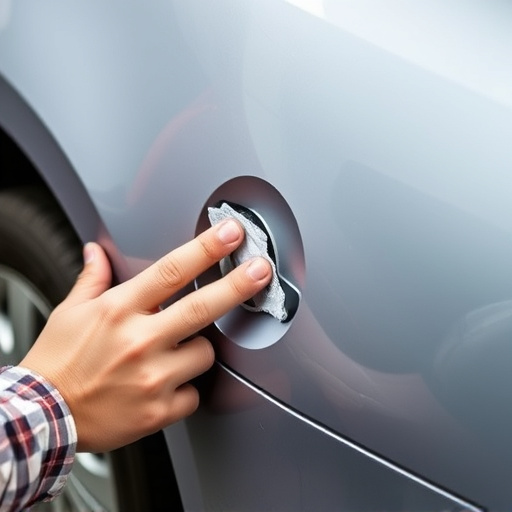
Valet services play a pivotal role in enhancing collision repair timelines, offering numerous advantages that significantly speed up the process. One of the key benefits is the efficient transportation of vehicles between different stages of repair. Unlike traditional drop-off and pick-up methods, valet services provide a dedicated point for all vehicle movements, eliminating time-consuming back-and-forth journeys between customers and the collision repair center. This streamlined approach ensures that cars move swiftly through the workshop, from initial assessment to final inspection.
Additionally, valet service collision repair often incorporates specialized facilities and equipment tailored for quick turnaround times. These include state-of-the-art diagnostic tools for precise damage assessments and advanced repair techniques designed to get vehicles back on the road faster. Moreover, many valet services offer dedicated account managers who coordinate with customers and insurance providers, ensuring smooth communication and minimizing delays caused by paperwork or scheduling conflicts at a collision repair center.
Efficient Workflows: Challenges and Solutions in Collision Repair
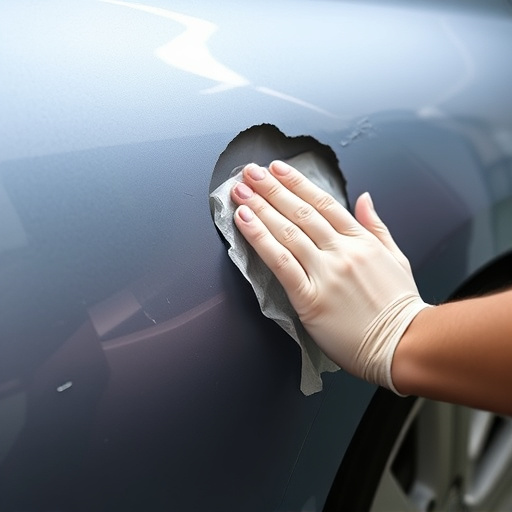
Efficient workflows are essential for any collision repair facility, especially with the integration of valet service. The traditional process involves multiple steps, from initial assessment and estimating to sourcing parts and performing repairs, each requiring specialized skills and equipment. This often results in longer timelines, particularly when dealing with complex car body repair and frame straightening cases.
However, implementing streamlined workflows and integrating modern technologies can significantly enhance efficiency. For example, digital estimating tools can expedite the initial assessment phase, while computer-aided design (CAD) systems enable precise frame straightening and dent removal. Additionally, a well-organized parts inventory system ensures quick part sourcing, reducing delays in the repair process. These solutions not only shorten repair timelines but also contribute to higher service quality and customer satisfaction.
The integration of valet service collision repair has significantly transformed the automotive industry by streamlining repair processes. By understanding the tailored approach of this service, we can appreciate its role in enhancing turnaround times through efficient workflows. The benefits are clear: faster repairs, improved customer satisfaction, and optimized shop operations. However, challenges such as coordination and communication must be addressed to ensure a seamless experience. Through innovative solutions and best practices, collision repair facilities can leverage the advantages of valet services, ultimately revolutionizing how we perceive and receive post-collision vehicle restoration.
